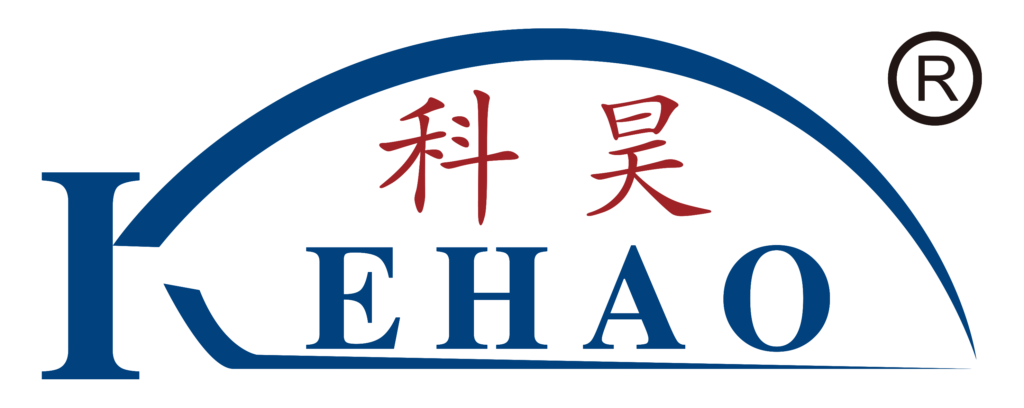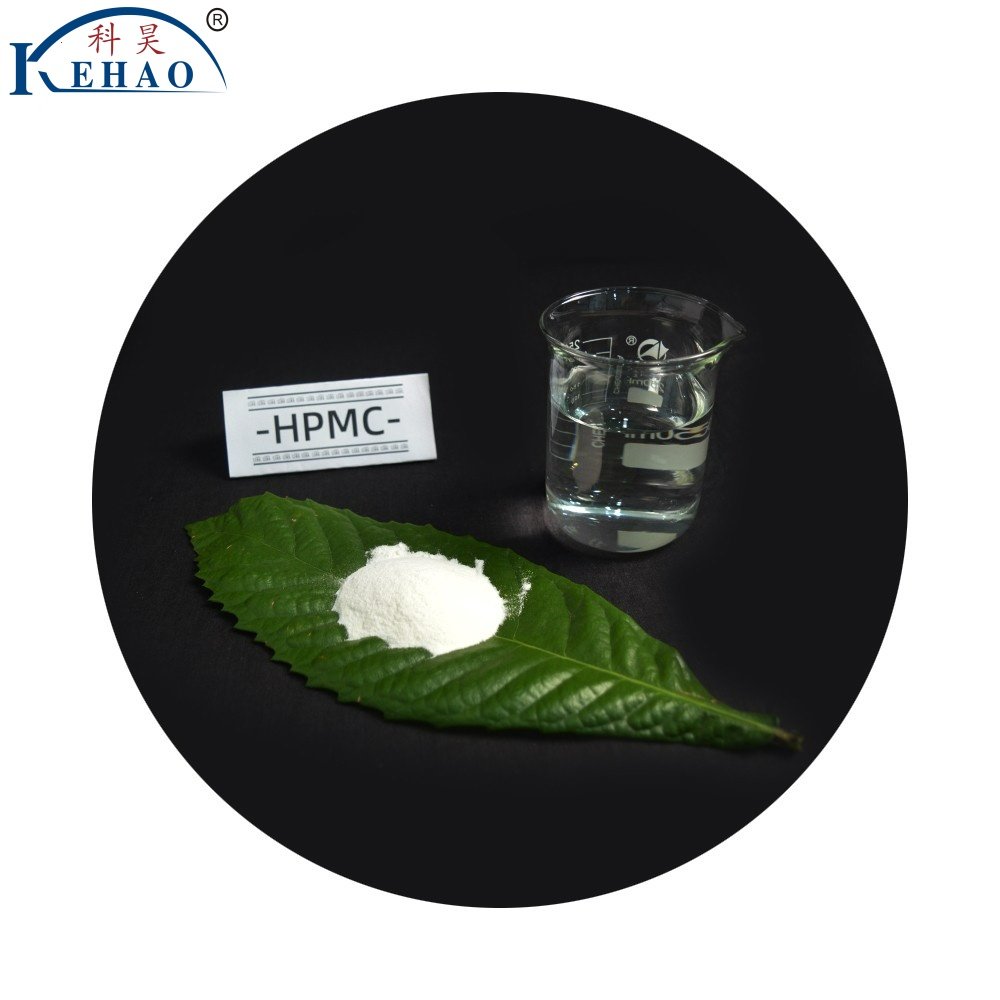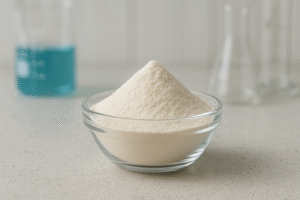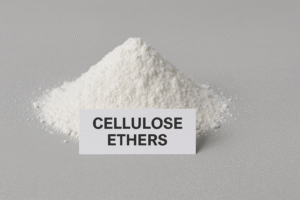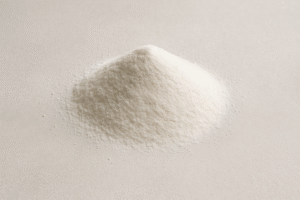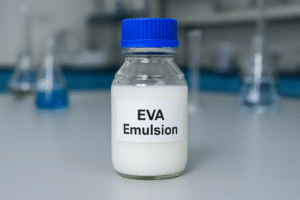Many construction and pharmaceutical companies struggle with product stability and performance issues. Hydroxypropyl methylcellulose (HPMC) offers solutions to these problems, but many professionals aren't aware of its full potential.
Hydroxypropyl methylcellulose1 provides key benefits including water retention, improved workability in construction materials, binding capabilities in pharmaceuticals, and film-forming properties. It's a versatile cellulose derivative that enhances product performance across multiple industries while being environmentally friendly.
I've been working with HPMC for over 15 years, and I've seen firsthand how this versatile material transforms product formulations. The difference between products with properly selected HPMC and those without is night and day. Let me share what I've learned about the remarkable benefits this cellulose derivative offers.
What Are the Benefits of Hydroxypropyl Methylcellulose?
Construction companies often face issues with mortar that dries too quickly or lacks proper adhesion. HPMC solves these problems by improving water retention and workability while enhancing adhesion to surfaces.
Hydroxypropyl methylcellulose1 benefits construction materials by increasing water retention, improving workability, enhancing adhesion strength, and adding sag resistance. It also extends working time, improves consistency, and helps achieve smoother finishes in mortars, renders, and tile adhesives.
When I visited a construction site in Dubai last summer, I saw crews struggling with mortar that dried too quickly in the extreme heat. After introducing our HPMC product, the difference was immediate.
The mortar remained workable for hours longer, allowing the team to complete larger sections without joints or inconsistencies.
The benefits of HPMC in construction extend beyond just water retention. Let's break down the key advantages:
Key HPMC Benefits in Construction Materials:
| Benefit | Description | Impact |
|---|---|---|
| Water Retention | Holds water in the mix for proper cement hydration | Prevents premature drying, especially in hot climates |
| Workability | Improves consistency and flow properties | Makes application easier, reducing worker fatigue |
| Adhesion Strength | Enhances bonding to various substrates | Reduces failure risk and improves durability |
| Sag Resistance | Adds stability to vertical applications | Allows thicker application without slipping |
| Extended Working Time | Slows setting time | Gives workers more time to place and adjust materials |
The dosage of HPMC significantly impacts performance. For standard mortars, we typically recommend 0.2-0.3% by weight, while specialized tile adhesives might require 0.4-0.5% for optimal performance. This small addition makes an enormous difference in application properties and final strength.
Is Hydroxypropyl Methylcellulose Safe to Use?
Many clients worry about chemical additives in their products, especially in pharmaceutical or food applications. Safety concerns can prevent them from using performance-enhancing additives like HPMC.
Hydroxypropyl methylcellulose1 is generally recognized as safe (GRAS) by the FDA and has been used safely for decades in food, pharmaceuticals, and construction products. It's non-toxic, non-allergenic, and biodegradable, making it environmentally friendly while meeting strict regulatory requirements.
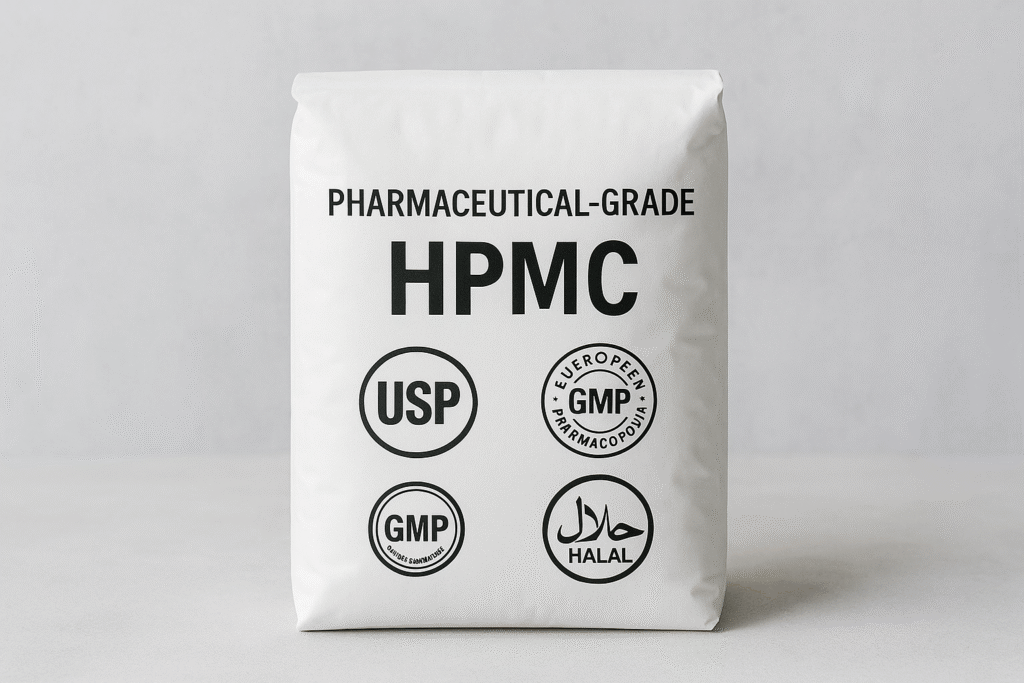
Safety has always been our top priority at Kehao. I remember when a pharmaceutical client was hesitant about using HPMC2 in their tablet formulation due to safety concerns. We provided comprehensive safety documentation and testing reports that addressed their worries. They've now been using our pharmaceutical-grade HPMC for five years without any issues.
The safety profile of HPMC is well-established across multiple applications. Here's why it's considered safe for various uses:
HPMC Safety Profile Across Industries:
| Industry | Safety Considerations | Regulatory Status |
|---|---|---|
| Pharmaceuticals | Non-toxic, non-irritating, compatible with active ingredients | FDA approved for oral consumption (USP/EP compliant) |
| Food Products | Non-caloric, no adverse effects at normal consumption levels | FDA GRAS status, E464 food additive in EU |
| Construction | Low VOC, no harmful emissions during or after application | Complies with green building standards |
| Personal Care | Hypoallergenic, suitable for sensitive skin | Approved for cosmetic applications |
Our HPMC undergoes rigorous testing to ensure it meets all safety standards. We regularly test for heavy metals, microbial contamination, and residual solvents to ensure the highest level of safety.
This comprehensive testing program gives our clients confidence in using our products in even the most sensitive applications.
What Does Hydroxypropyl Cellulose Do to the Body?
People often confuse hydroxypropyl methylcellulose with hydroxypropyl cellulose and worry about potential effects when consumed. This confusion leads to hesitation in using these beneficial additives.
When consumed, hydroxypropyl methylcellulose3 passes through the digestive system largely intact without being absorbed into the bloodstream. It functions as a soluble dietary fiber, potentially helping regulate bowel movements and creating a feeling of fullness, which can aid weight management programs.
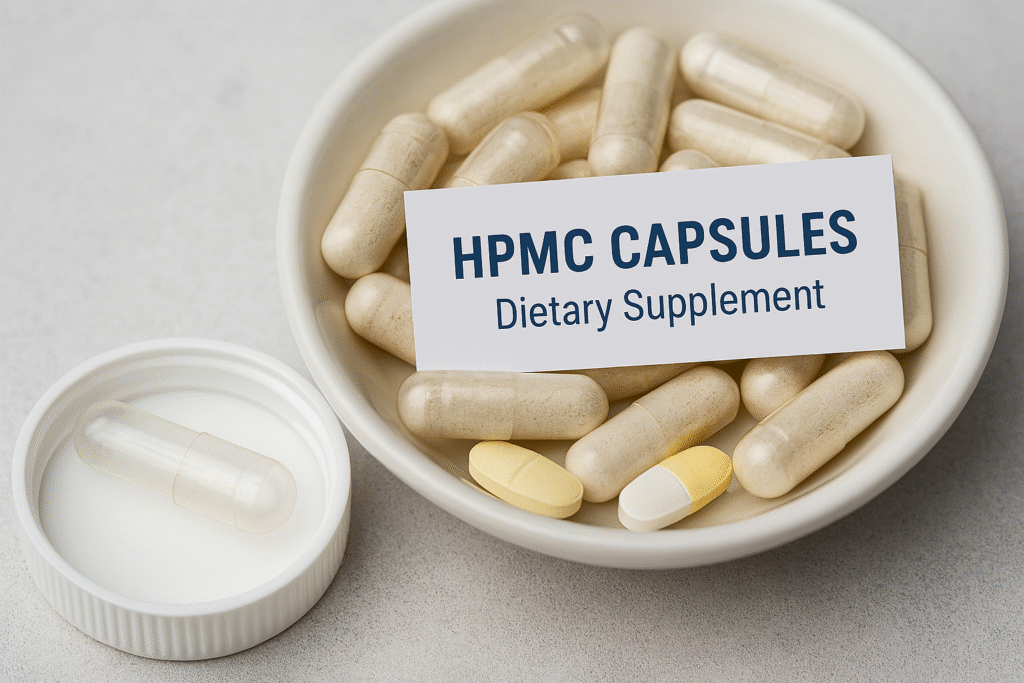
I've had many discussions with pharmaceutical clients about HPMC4's behavior in the human body. One memorable conversation was with a supplement manufacturer who wanted to understand exactly what happens after their customers swallow an HPMC capsule. The science is fascinating but straightforward.
HPMC's interaction with the human body makes it particularly useful in several health applications. Let's explore how it behaves physiologically:
Physiological Effects of HPMC:
| Body System | Interaction | Potential Benefit |
|---|---|---|
| Digestive System | Forms a viscous gel in contact with water | Slows nutrient absorption, may help manage blood glucose |
| Intestinal Transit | Increases fecal bulk and water content | May help with regularity and constipation |
| Satiety Signaling | Can expand in stomach, creating fullness sensation | Potential aid in appetite control programs |
| Nutrient Absorption | May form barrier that slows glucose absorption | Could help moderate post-meal blood sugar spikes |
| Cholesterol Metabolism | May bind to bile acids in digestive tract | Some studies suggest modest cholesterol-lowering effects |
The dosage in dietary applications typically ranges from 1-5 grams per serving, depending on the specific application. At these levels, HPMC is well-tolerated by most individuals. However, as with any fiber supplement, starting with smaller amounts and gradually increasing is recommended to avoid digestive discomfort during adjustment periods.
What Is the Function of Hydroxypropyl Methylcellulose in Tablets?
Pharmaceutical manufacturers often struggle with tablet formulations that disintegrate too quickly or too slowly. Finding the right excipient for controlled release can be challenging and expensive.
In pharmaceutical tablets, hydroxypropyl methylcellulose primarily functions as a controlled-release agent5, binding agent, and film-coating material. It creates a gel layer around tablets when exposed to moisture, controlling the release rate of active ingredients while enhancing stability and improving tablet production efficiency.
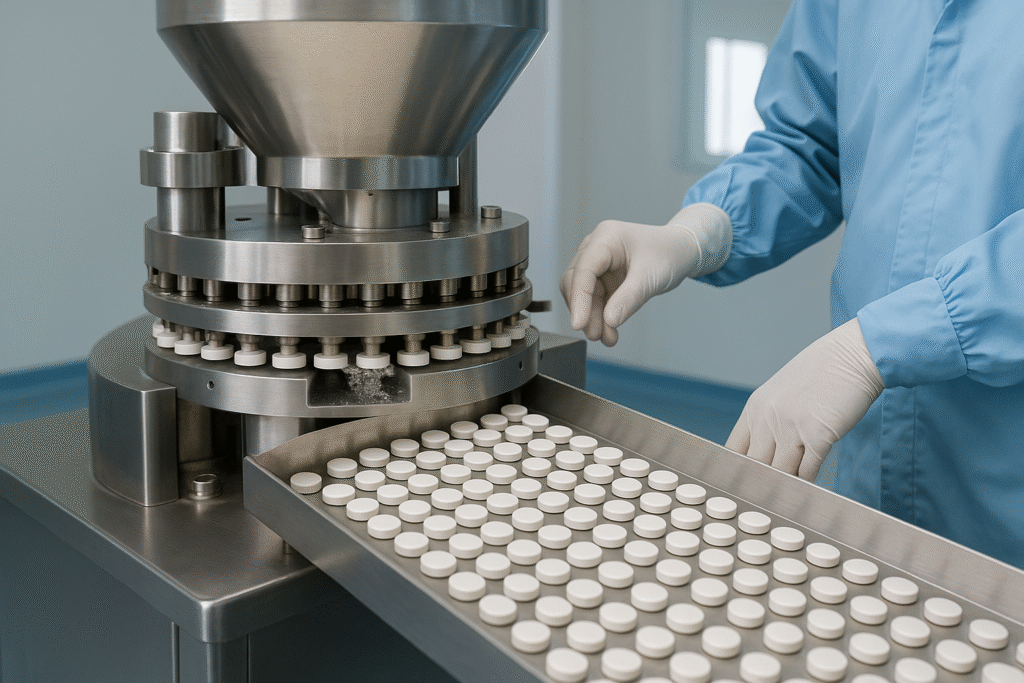
During a visit to a pharmaceutical manufacturing facility in India, I watched as they tested different viscosity grades of our HPMC6 for controlled-release formulations. The technical director showed me dissolution test results that demonstrated how our premium HPMC created the perfect release profile for their 12-hour pain medication.
HPMC's role in pharmaceutical formulations is multi-faceted and depends largely on the specific grade and viscosity selected. Here's how different HPMC specifications serve various functions in tablet manufacturing:
HPMC Functions in Pharmaceutical Tablets:
| Function | HPMC Properties | Common Grades Used |
|---|---|---|
| Controlled Release | Forms hydrophilic gel matrix | High viscosity (K15M, K100M) |
| Binding Agent | Provides cohesion between ingredients | Low-medium viscosity (E5, E15) |
| Film Coating | Forms protective, smooth coating | Low viscosity with specific substitution (E3, E5, E15) |
| Tablet Disintegration | Helps tablet break apart when desired | Specialized grades with particular substitution patterns |
| Stability Enhancement | Protects active ingredients | Grades with appropriate hydroxypropoxy content |
The methoxy and hydroxypropoxy content significantly impacts HPMC's performance in pharmaceutical applications. For controlled-release formulations7, we typically recommend grades with higher methoxy content (28-30%) and moderate hydroxypropoxy content (7-12%). For immediate-release film coatings, grades with lower viscosity and different substitution patterns perform better.
Conclusion
Hydroxypropyl methylcellulose offers remarkable benefits across construction, pharmaceutical, and food industries. Its safety profile, versatility, and performance-enhancing properties make it an essential ingredient in countless products we use daily.
-
Explore the extensive benefits of Hydroxypropyl methylcellulose, a versatile material that enhances product performance across various industries. ↩ ↩ ↩
-
Explore this link to understand the comprehensive safety profile of HPMC, which is crucial for its applications in various industries. ↩
-
Learn more about the health effects of hydroxypropyl methylcellulose, especially its role as a dietary fiber and its benefits for digestion. ↩
-
Understanding HPMC's role in health can enhance your knowledge of its benefits and applications in supplements. ↩
-
Exploring controlled-release agents can provide insights into drug formulation and improve your understanding of medication effectiveness. ↩
-
Explore this link to understand the significance of HPMC in drug formulations and its various applications in the pharmaceutical industry. ↩
-
Learn about controlled-release formulations to see how they improve medication efficacy and patient compliance. ↩
